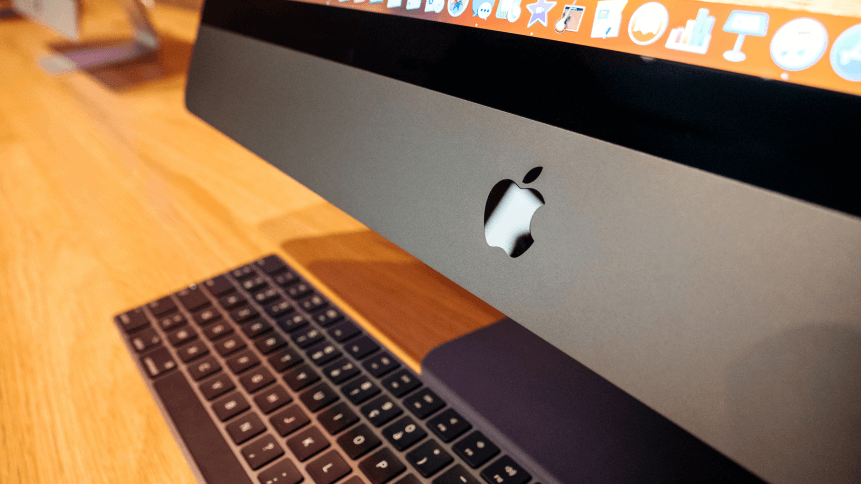Windows Everywhere? Microsoft’s rumored Cloud PC

- Cloud PC would be an evolution on Windows Virtual Desktop, offering a simpler, scalable service
- Any device would be able to connect to a personal Windows desktop in the cloud to access corporate content
- That could have big implications on hardware decisions in a world of hybrid work
Microsoft wants “Windows Everywhere”, and its “Cloud PC” will turn any system (even Apple devices) into a thin client capable of accessing Windows desktops and software remotely.
Earlier this year, it was reported that Microsoft was working on Cloud PC, a service built on its Windows Virtual Desktop to deliver “Desktop as a Service” across Windows 10, macOS, iOS, and Android devices.
In a job description, Microsoft described Cloud PC as providing business customers a “modern, elastic, cloud-based Windows experience [that] will allow organizations to stay current in a more simplistic and scalable manner.”
Microsoft has yet to confirm the existence of Cloud PC.
Reports suggest Cloud PC will be provided as part of Microsoft 365 on a per-user basis — unlike Windows Virtual Desktop, which is based on Azure cloud consumption — with customers able to access Lite, Standard, and Advanced versions, according to newly-acquired information.
The platform would comprise virtual CPUs, with variable amounts of storage and RAM, which would suit different types of usage, from regular, light work with Office, for example, to more data-intensive applications.
Windows Everywhere
While Windows is already accessible from non-Windows devices via Windows Virtual Desktop, Cloud PC would offer a simpler solution that’s easier to use. Any device would be able to connect to a personal desktop in the cloud to access corporate content, with the ability to quickly scale up hardware running the virtual device.
As noted by Computer World, offering Windows PC-as-a-service is a big advance for the company’s strategic objective of making Windows pervasive and multi-platform across the IT ecosystem. That aim is apparent in the development of new features for Office across Apple products, for example, and a focus on deploying web services.
YOU MIGHT LIKE

Windows Everywhere? Microsoft’s rumored Cloud PC
What would it mean for the business?
If Microsoft rolls out Cloud PC (or whatever it decides to call the service) as described above, Windows would become something of a web app, capable of being run flexibly on any device.
With remote and flexible workforces, this could have big implications on enterprise hardware purchases and upgrades, with support for legacy applications available even amid an enterprise-wide or departmental shift to Macbooks, for example.









